It was a rough day, and we now know what it sounds like when your anchor rapidly descends from the bow of your boat.
During our trip back home from Toronto Island we had to deal with some larger waves. Nothing too bad, probably about three feet waves. I found turning off the auto-helm helped a bit. I steered the boat to have the wave hit us at 30 degrees off starboard rather than going straight into them. I then started steering over the waves by turning port along the ridge and then turning starboard to coast down the wave into the trough and the back up the other side. It made it a bit smoother but we were still getting tossed about.
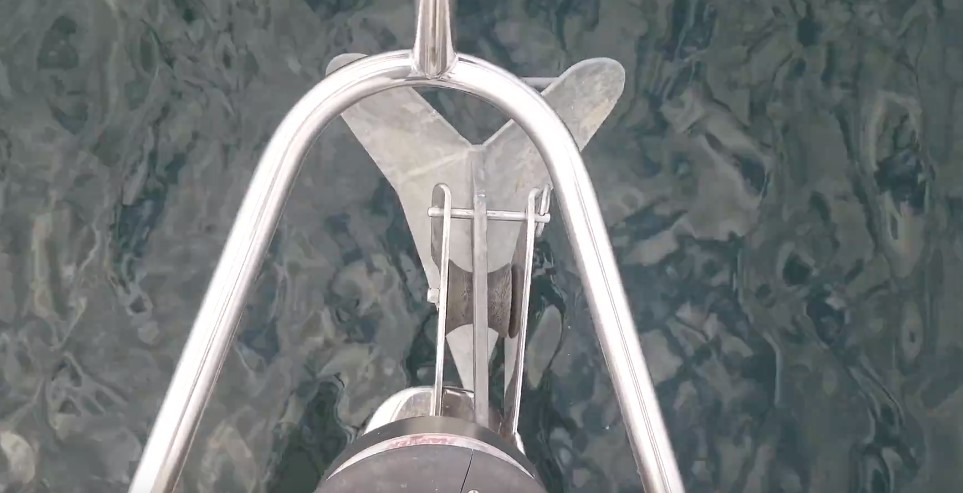
What’s that noise?
Had a few good slaps where the bow came up over the crest and dropped down on the other side. We’re pretty cautious, this was the biggest weather we’ve been in. It didn’t feel unsafe and the boat was handling it well.

Then the boat started making a new noise. A metal on metal shaking sound that lasted a second then silence. Then it started again for a few seconds. Lori and I both looked at each other, “that’s a new sound, what is it?”. It was hard to place the source, it was travelling through the boat. It happened a few more times and then on the fifth time the sound became continuous, ting ting ting ting, and picking up speed. Both our faces changed instantly as we suddenly realized what it was.
It was our anchor chain, and our anchor was now rapidly dropping into the lake.
Need to prepare myself first
Lori quickly responded to get the anchor. But for some reason she decided to get her anchor gloves on first. I anxiously watched from the helm as she casually fitted her gloves on. I don’t think she realized just how fast the anchor was accelerating off the bow. And she always wears these gloves when we pull anchor.
My head probably looked like someone watching a fast tennis game, going back and forth between Lori and trying to see the anchor rode skimming off our deck. Eventually my patience gave way and fortunately Gavin was right next to me. I told him to grab the helm and I ran up the deck to the bow of the boat. I could still see the rode slithering out of the anchor locker. I broke into a sprint and then did an amazing baseball slide along the deck towards the locker grasping for the last of the anchor rode as it disappeared off the boat. I could see, in slow motion, my hand sliding and reaching for the bitter end of the anchor rode that my speed was slower than the rode. Then it jumped off the bow with one last little tail wag as it said goodbye, forever. I gave a frustrated thump on the deck with my fist and then after a brief pause, slowly walked back to the cockpit and took the helm again, pressed the MOB button on the GPS, and we sailed on in uncomfortable silence for about two minutes.
Regrouping and accepting the loss
We all wished we did something different. But we don’t blame anyone for it. There is no place for blame on the boat. We just think of it as another learning experience. Lori and I both learn well by our mistakes, and we make lot’s of them. Fortunately, we usually never repeat our mistakes.
Some thoughts from this “learning experience”.
- Secure the anchor better – out anchor pin was a simple design it had a lobe on one side that prevented it from sliding out unless you rotated it 180 degrees. Nice and simple to quickly release but not robust enough for choppy water.
- Recognize the sound – we had ample warning but didn’t know what the sound was. We will never forget that sound.
- Running up on deck was stupid – the boat was bouncing about in the waves. One wrong step and I would have been in the water, without a life jacket.
- Attempting to grab the anchor rode was also stupid – if I did manage to grab it, I could have really hurt myself.
Now we get to shop for a new anchor.
Follow up posts
- Delta Airlines funded our new anchor
- Our new anchor!
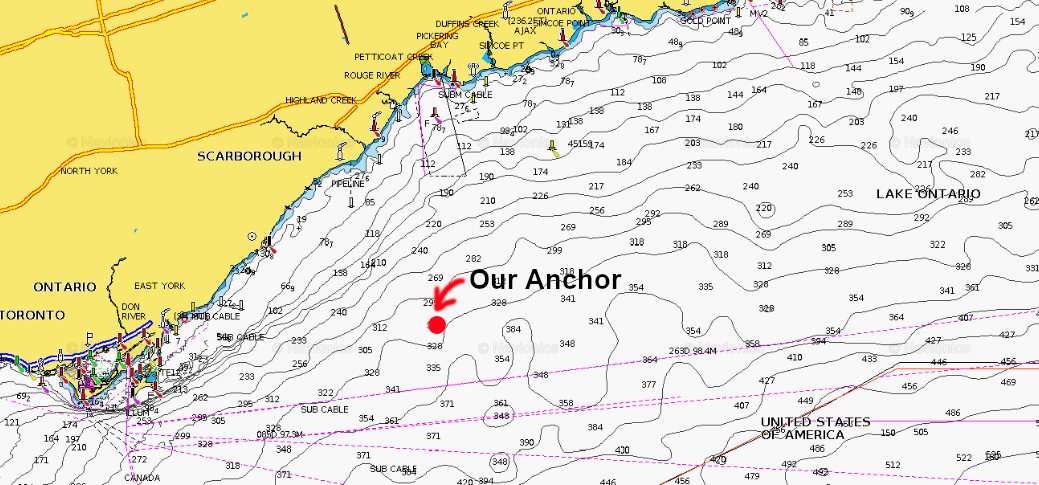
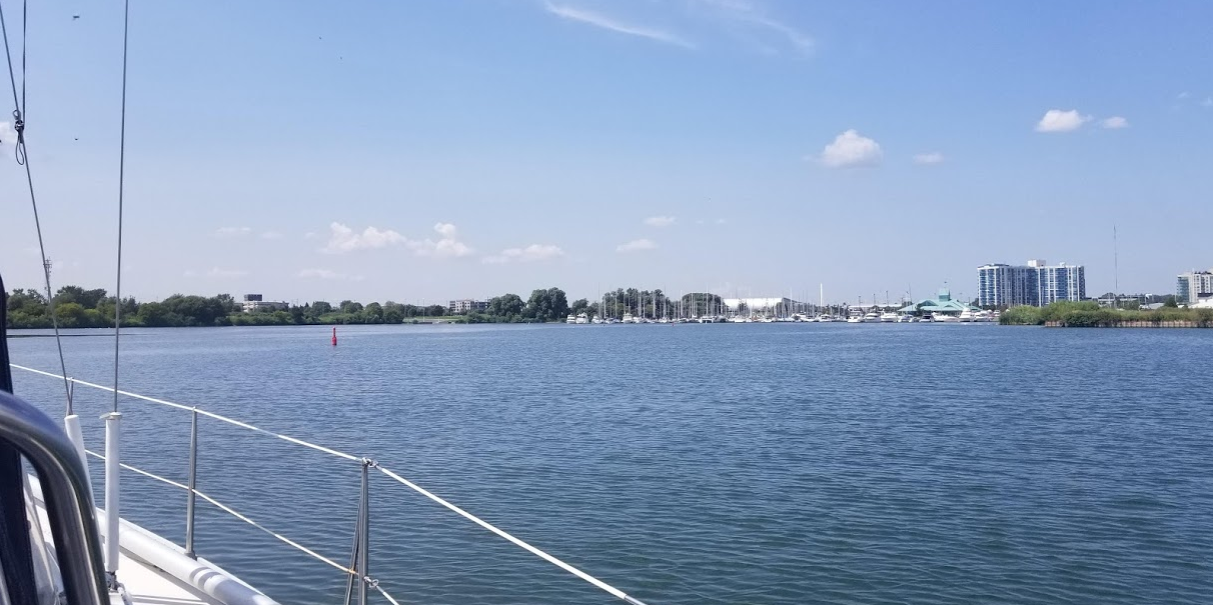

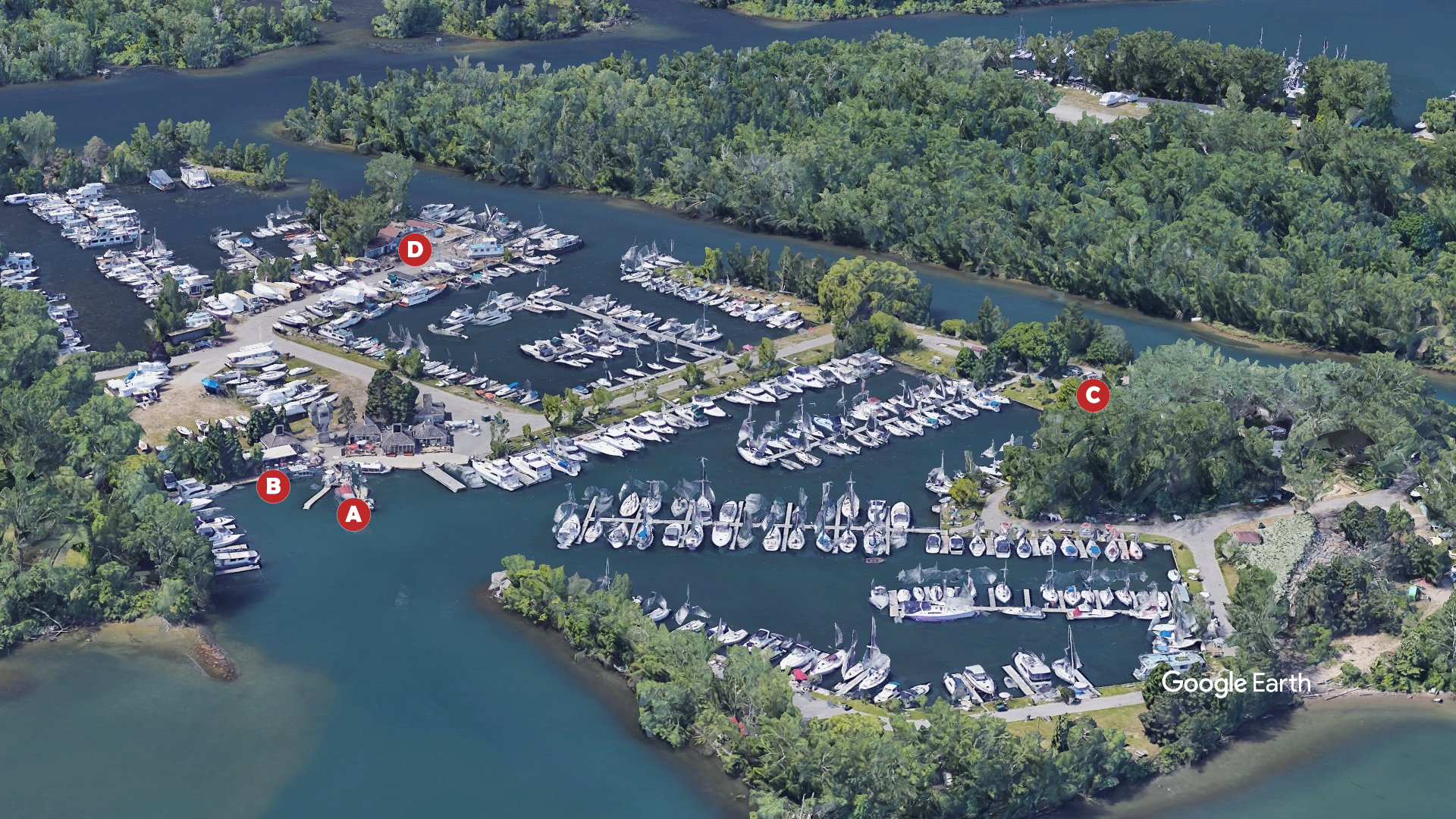
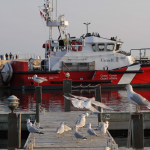
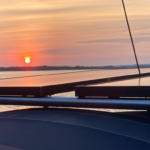
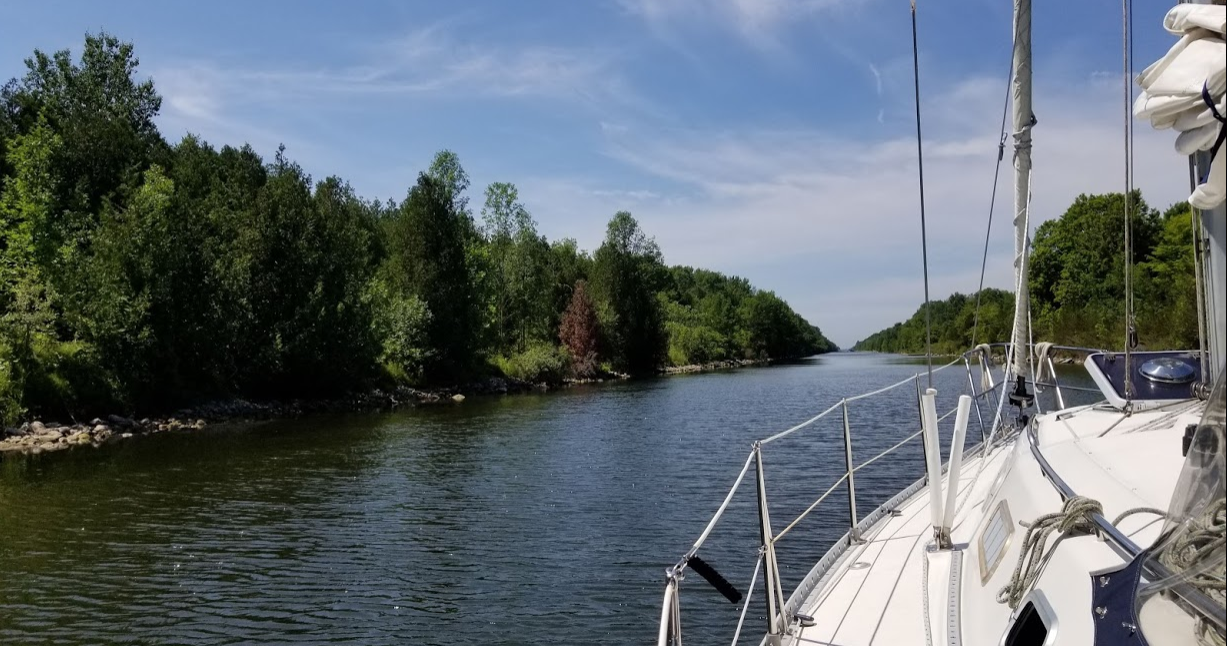
2 Pingbacks